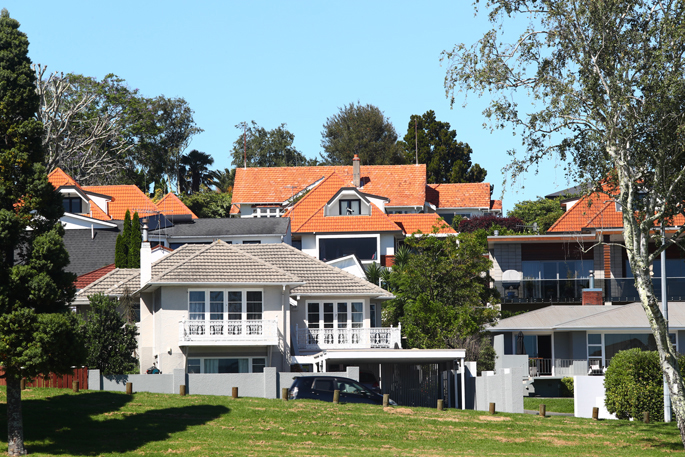House price rises are likely to be led by the cities this time, economist Tony Alexander says.
His latest property data research has compared activity and prices in regions around New Zealand, and shows that while some are picking up strongly, others are still lagging.
"I expect all markets are going to rise and my view for over a year has been that the upward leg of the price cycle for New Zealand this time will be led by the cities,” he says.
“I had thought it would be mainly Auckland, but Wellington has surprising strength in there as well – so Auckland, Wellington and Christchurch. The regions will lag, but prices will rise there as well. It’s not a 1990s desert-the-regions situation.
“But I do have a view that the price gains will be stronger in cities over the cycle this time than the regions and a lot of that is migration population growth.”
He says Auckland, Wellington, Bay of Plenty, Gisborne, Manawatu/Whanganui, Nelson/Tasman/Marlborough, Canterbury, Queenstown and Dunedin were all showing signs of prices picking up.
The return of foreign students is probably helping Auckland’s housing market, he says, and the city looks “under-priced” compared with its long-term trend. Real Estate Institute data for September shows median house sale prices picking up 1.4 per cent.
In Wellington, a lack of stock is helping to boost prices.
Tony says over the past four months, prices have risen almost five per cent from their pandemic low.
Canterbury prices held up better than the rest of the country through the downturn, he says.
“The region has been reporting better than average price changes since the June quarter of 2021 but now has settled to a pace matching the NZ change. Maybe the catch-up is over? We shall see. I suspect there is more to come.”
In Queenstown, prices are “soaring”, says Tony, and that's likely to continue due to people moving into the area and economic growth supported by tourism.
Southland prices rose by 2.3 per cent in the September quarter, compared to 1.8 per cent nationwide.
Nelson, Tasman, Marlborough, Manawatu and Whanganui all recorded price increases, but more muted ones. The Real Esttate Institute says Marlborough has a 66.7 per cent increase in sales year-on-year in September.
On the other side of the ledger were areas such as Taranaki, Waikato, Northland and Hawke’s Bay.
Northland’s prices have continued to slip, although the pace of decline has slowed.
“There is a lagged relationship between Auckland’s housing market changing and similar changes happening in Northland, Bay of Plenty and Waikato. This suggests we will see average price rises soon in Northland as a response to the price gains already being recorded in Auckland.”
Waikato price declines appear to have ended, says Tony, although they are not firmly rising yet. The West Coast has not shown clear signs of picking up yet, either.
In Taranaki, despite not having seen the house price increases of recent years that other regions have, prices are not yet picking up sharply.
“Maybe the depressing impact of falls in dairy incomes, near irrelevance of the boom in immigration to the local population, and compression of the energy sector. Still, my expectation remains of a good price performance for the next three to five years as the just-starting upward leg of the NZ house price cycle continues.”
Hawke’s Bay stands out as the worst performer, he says, with no clear sign that the house price declines have ended.
“Prices on average fell by three per cent in the September quarter whereas they rose 1.8 per cent nationwide. This is the weakest result for all region. A view I have been expressing for a year and continue to do so is that much as Hawke’s Bay is a very attractive location, there is a risk that new house supply growth exceeds short-term population growth. This arises because the pandemic induced some earlier than planned movement of people out of the cities to the region and now, we are in a period when people who would ‘normally’ be moving there have already done so.”
Tony says people looking for capital gains could still find them by investing in some of the cheaper areas, such as Southland.
”Historically prices down there do tend to rise not all that much less than most other parts of the country. People have historically got good yields down there as well.”
But he says the “excitement and focus” of the market tends to be the big cities and investors who buy properties in areas they are not familiar with will need to ensure they understand the characteristics and risks of any place they are considering.



0 comments
Leave a Comment
You must be logged in to make a comment.